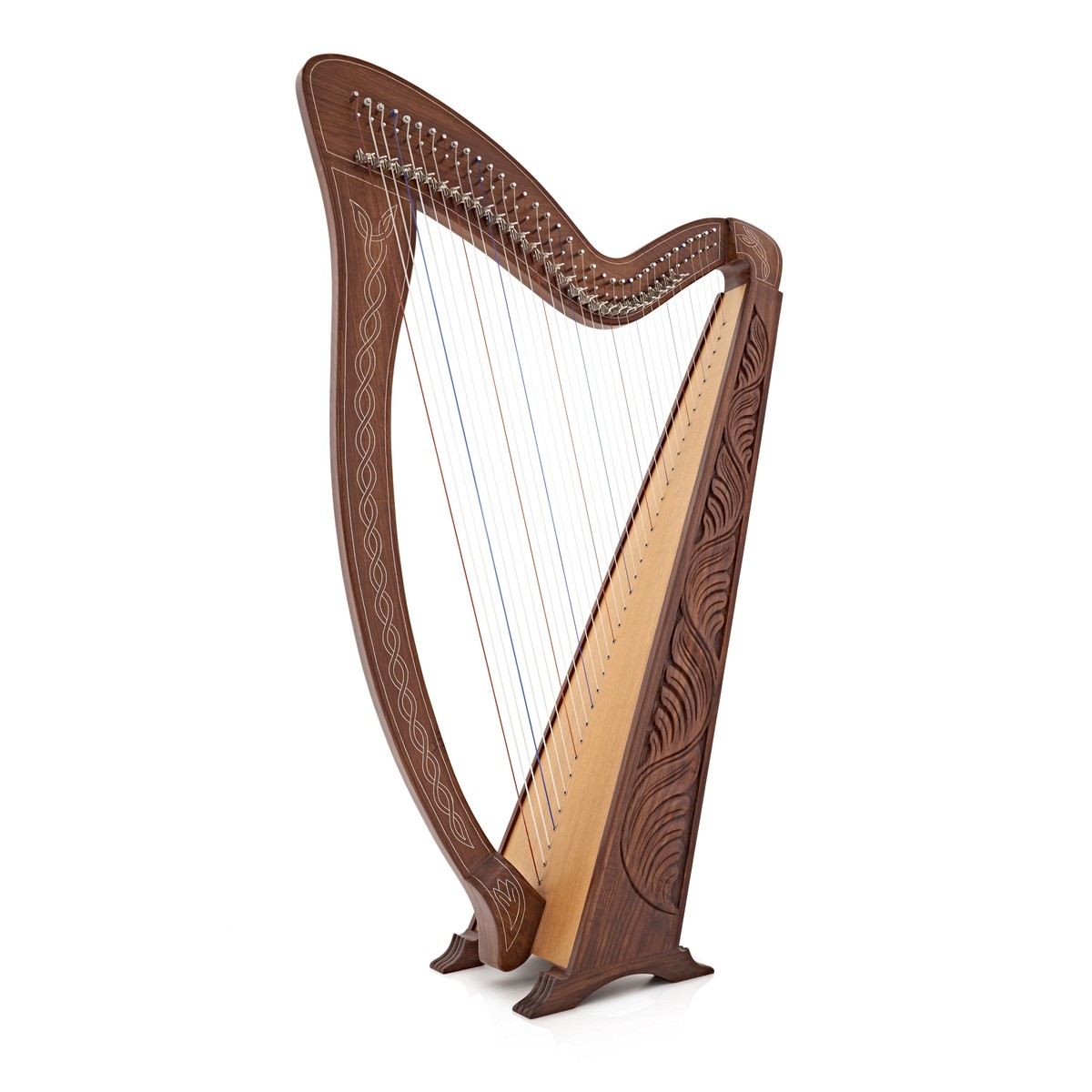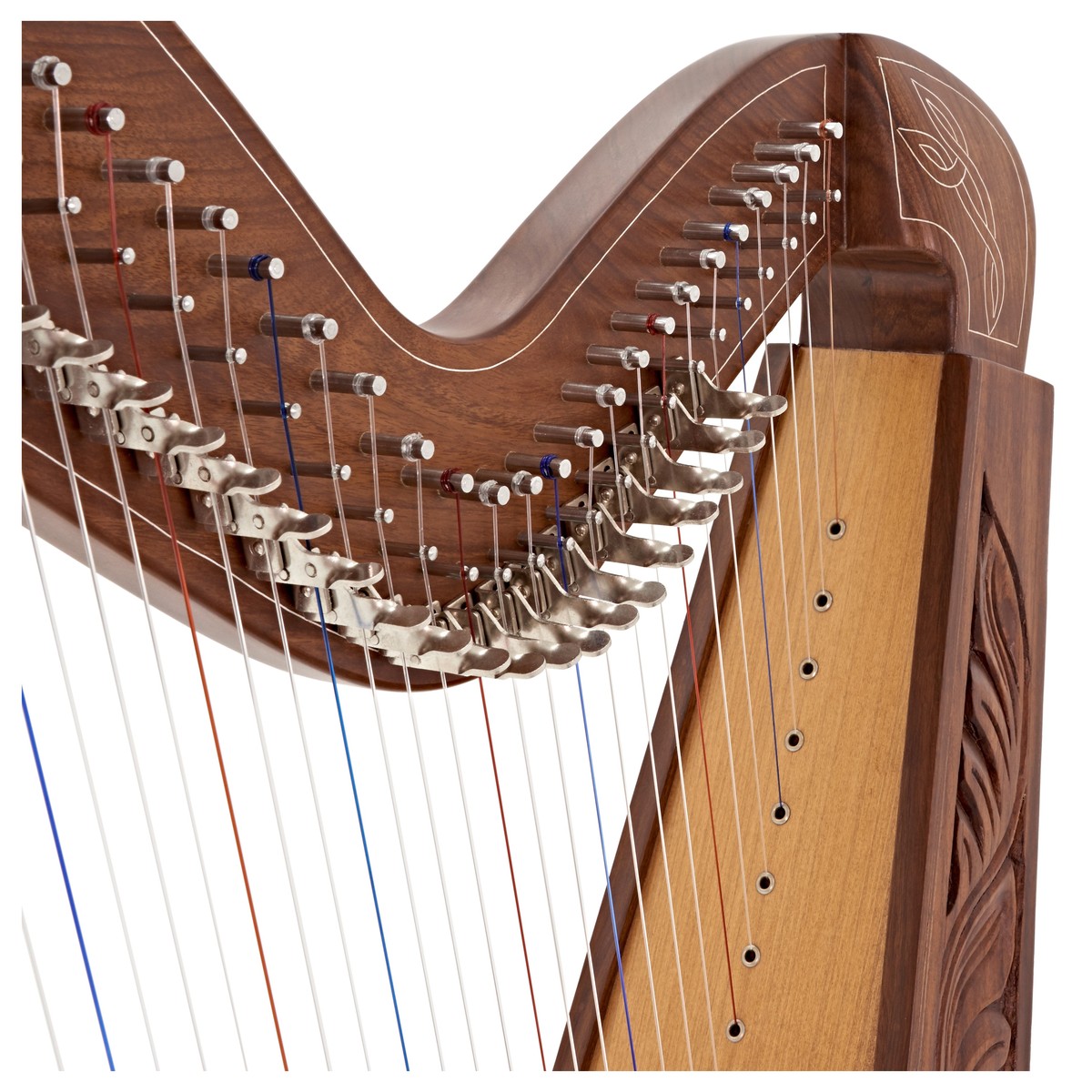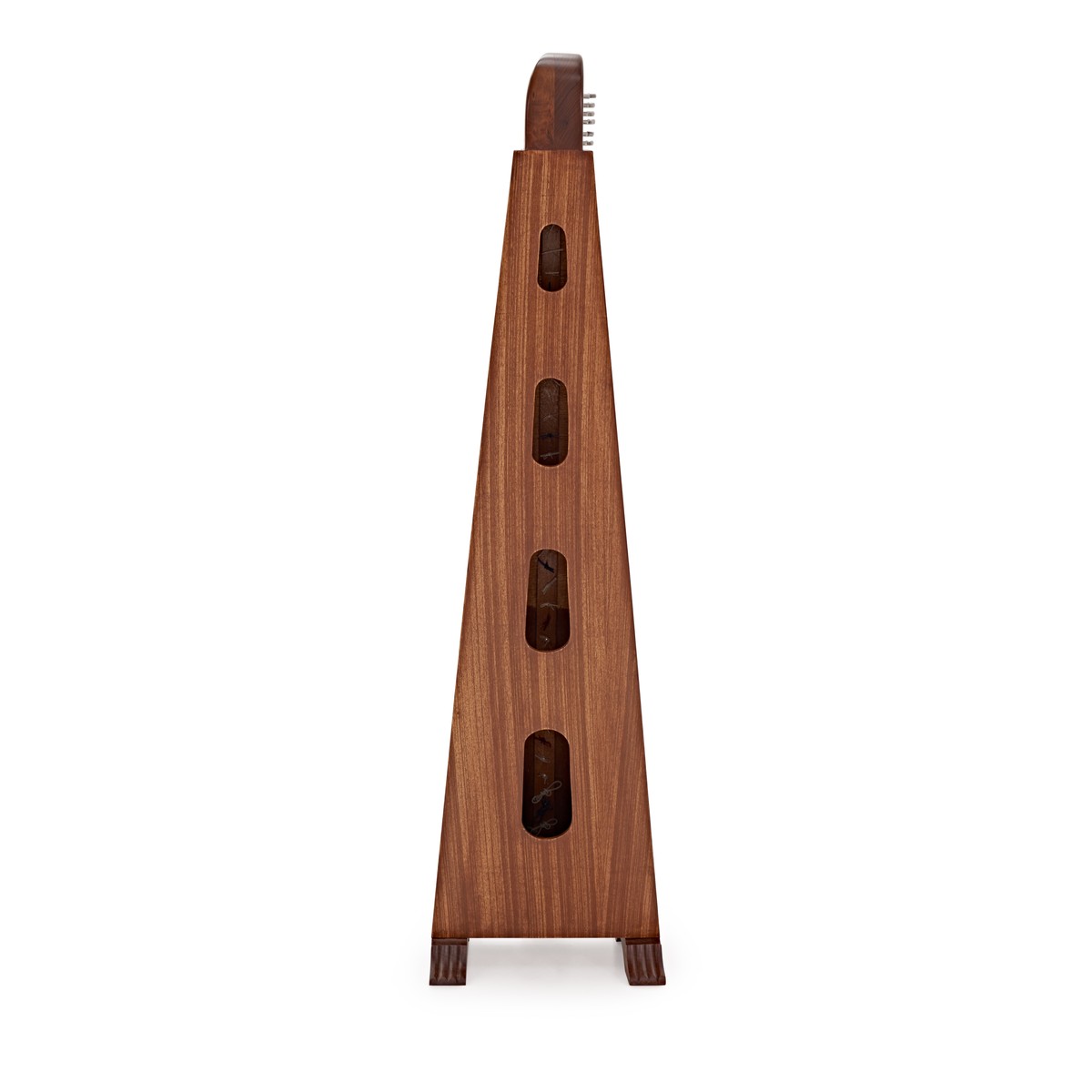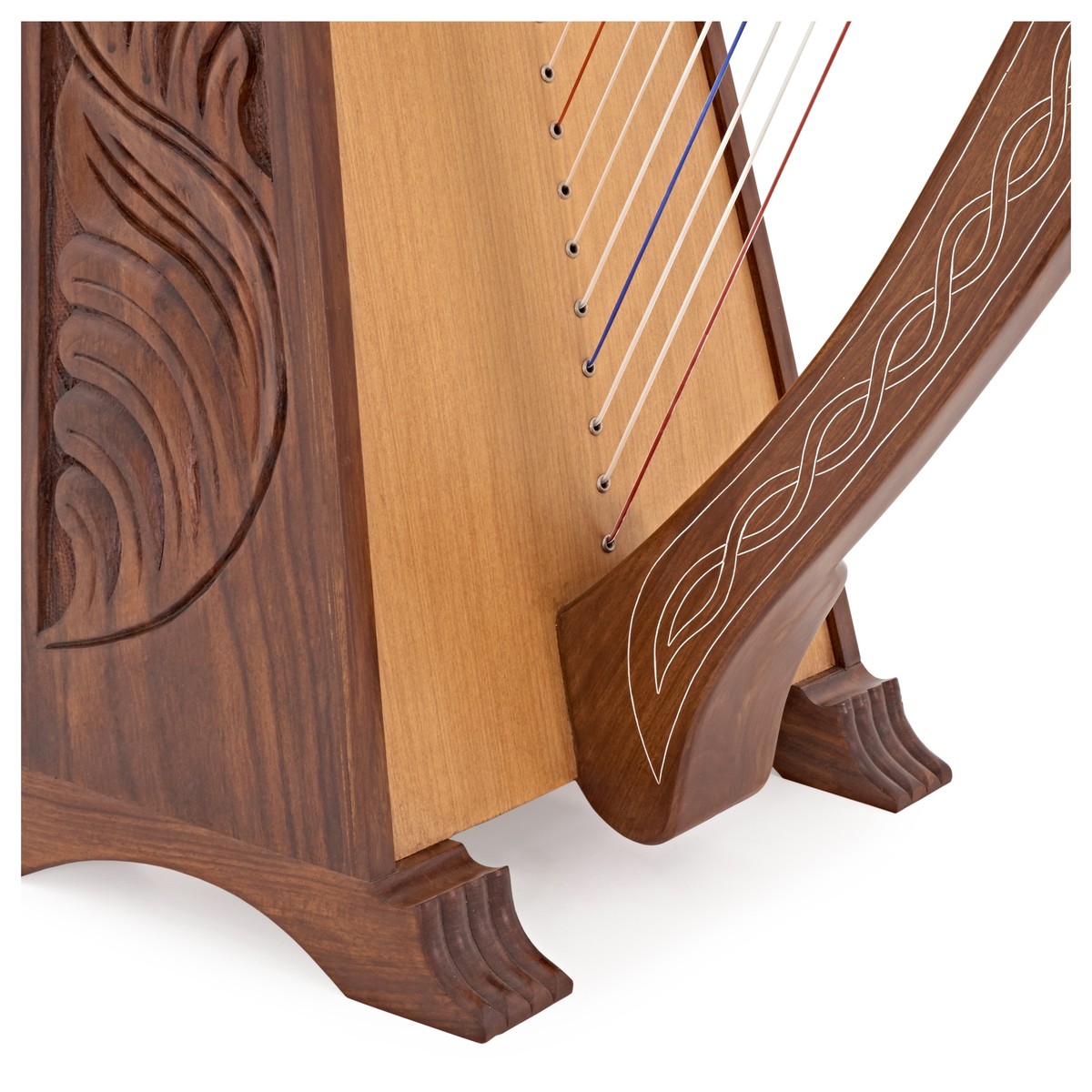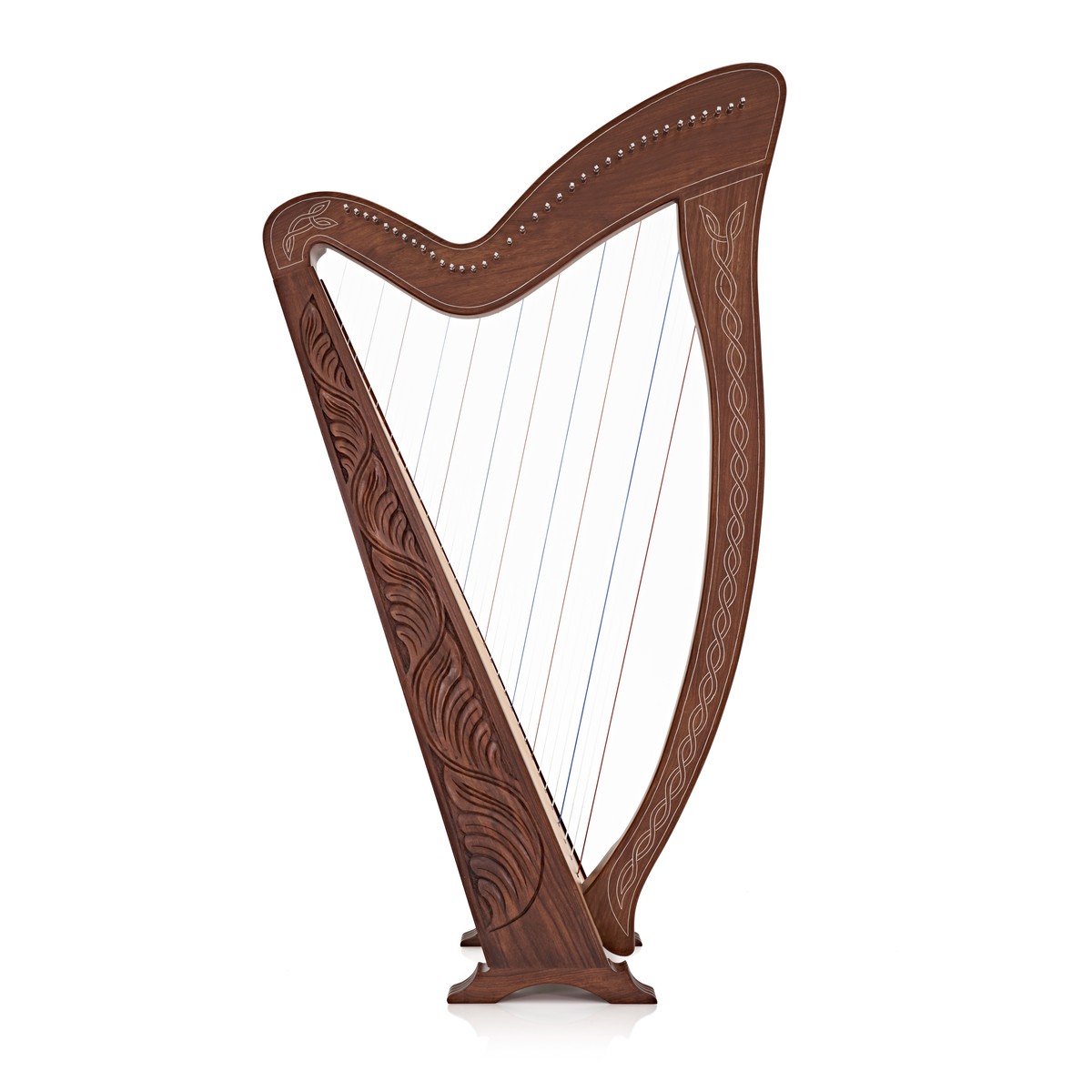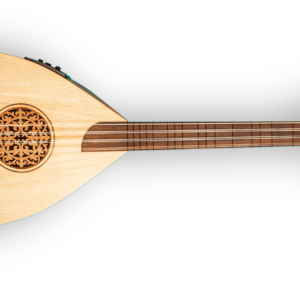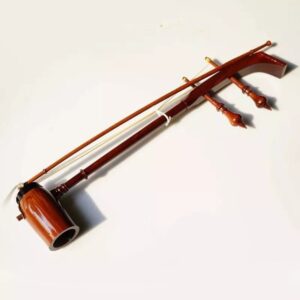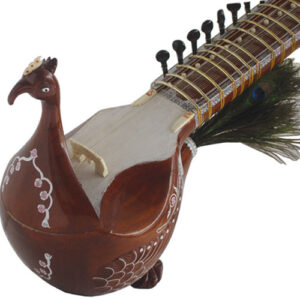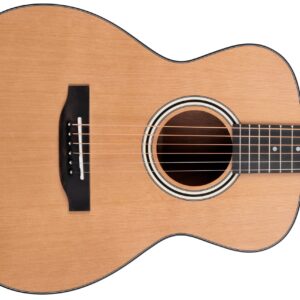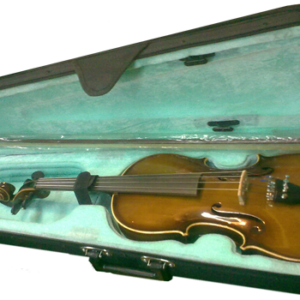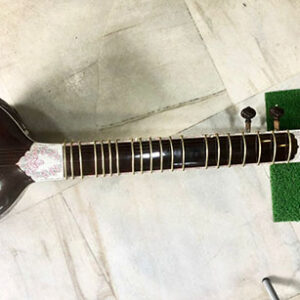Description
Harp (Big)
Special Features:
Good sound quality, classically tuned and small size.
Delivery Time: 45-50 Working Days after Successful Payment.
For More information SMS 3500B Name Email Country and Send to +919830066661
N.B: All prices are inclusive of Shipping (International Air Mode)/ Packing/ Tax/ Insurance. No hidden cost. Read our Terms & Conditions, Privacy Policy and Shipping Policy.
In The Box: Harp (Big), Bag
History (Wikipedia):
From where we get Harp (Big)- Small history below:
Our knowledge about the instrument is from Wikipedia. As per Wikipedia, we shared this small history to let our customers know about the history. Musicians have known harps since antiquity in Asia, Africa, and Europe. Dating back at least as early as 3000 BCE. Moreover, the instrument enjoyed great popularity in Europe during the Middle Ages and Renaissance. Where it evolved into a wide range of variants due to new technologies. Additionally, European colonizers disseminated it to Europe’s colonies, where, consequently, it found particular popularity in Latin America.
Although some ancient members of the harp family died out in the Near East and South Asia, musicians still play descendants of early harps in Myanmar and parts of Africa; folk musicians have used other variants that became defunct in Europe and Asia in the modern era.
Archaeologists found the earliest harps and lyres in Sumer, 3500 BCE; moreover, they excavated several harps from burial pits and royal tombs in Ur. Additionally, the oldest depictions of harps without a forepillar appear in the wall paintings of ancient Egyptian tombs in the Nile Valley, which date from as early as 3000 BCE.
These murals depict an arched harp, an instrument that closely resembles the hunter’s bow; however, it lacks the pillar that we find in modern harps. Moreover, the Chang thrived in Persia in many forms from its introduction, which occurred around 4000 BCE, until the 17th century CE. This provides a basic history of the instrument.
